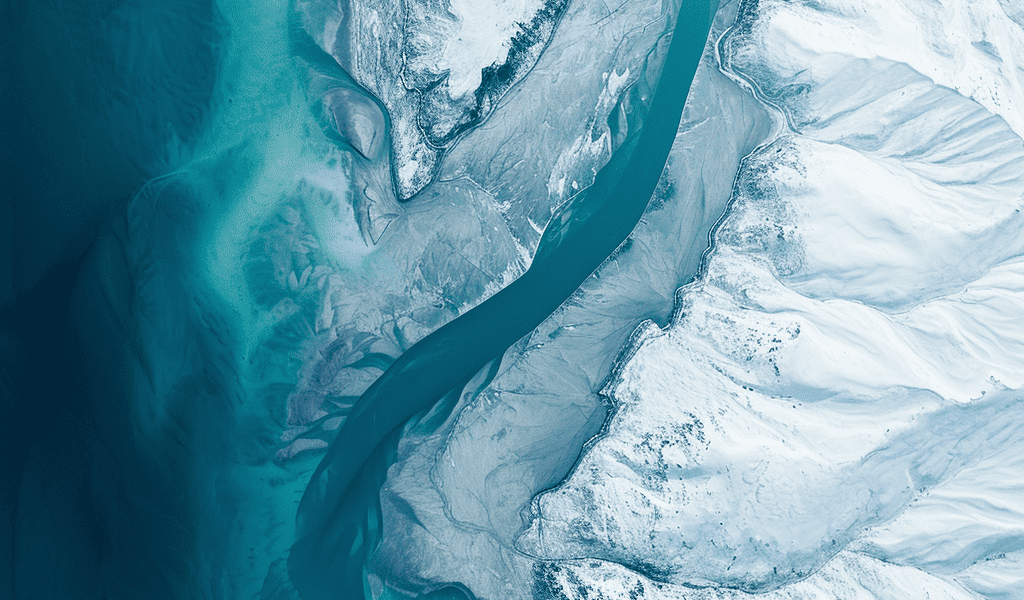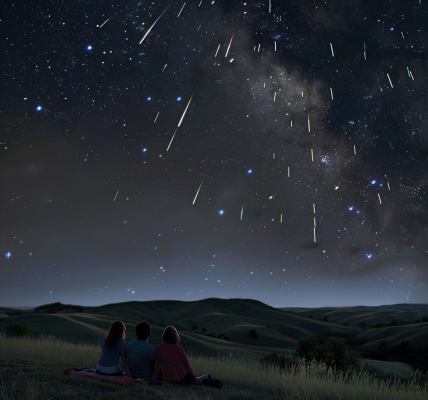On a crisp December morning in 2023, NASA’s Aqua satellite captured a breathtaking image of the Gulf of Alaska. The contrasting hues of the waters set against the winter-white canvas of southern Alaska’s snow-draped coastline painted a picture of stark, natural beauty. The unique coloration of the water, primarily due to sediment, presented a spectacle of ‘glacial flour’ from the Copper River and possibly, phytoplankton.
Glacial flour—a fine silt produced when glaciers grind over bedrock—can lend an opaque turquoise tint to the water, mimicking the appearance of phytoplankton blooms. These sediments, rich in iron and other nutrients, potentially encourage the proliferation of phytoplankton, the microscopic plant-like organisms that form the foundation of the oceanic food chain.
Aimee Neeley, a biological oceanographer at NASA’s Goddard Space Flight Center, observed that although phytoplankton are typically present in lower concentrations during winter at these latitudes, they contribute significantly to the ocean’s chromatic diversity.
As we inch closer to the much-anticipated launch of NASA’s PACE (Plankton, Aerosol, Cloud, ocean Ecosystem) mission in February 2024, the scientific community is abuzz with the possibilities it promises. PACE’s hyperspectral observations are expected to substantially upgrade our ability to distinguish between different types of particulate matter in the ocean.
This signifies a critical leap forward in our ability to differentiate between groups of phytoplankton and other substances, a development that will play a crucial role in assessing ocean health, and comprehending the distribution and diversity of phytoplankton—elements that are integral to the marine food web.
The PACE observatory, with its state-of-the-art instruments on board, is poised to revolutionize our understanding of ocean health. The mission’s unique capabilities, coupled with the data it will provide, will offer invaluable insights into phytoplankton’s role in maintaining marine biodiversity.
As we prepare for the launch of PACE and anticipate the wealth of knowledge it will bring, the image of the Gulf of Alaska serves as a vivid reminder of the intricate tapestry of life that thrives beneath the ocean’s surface—a world that we are only just beginning to explore.





